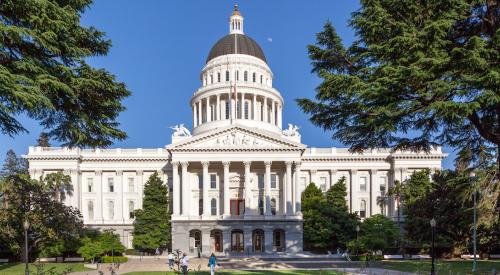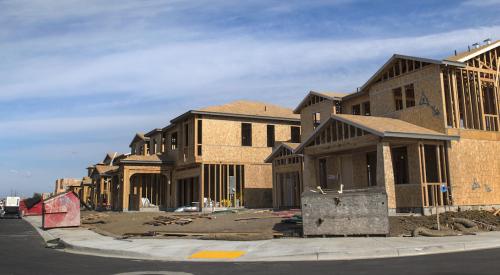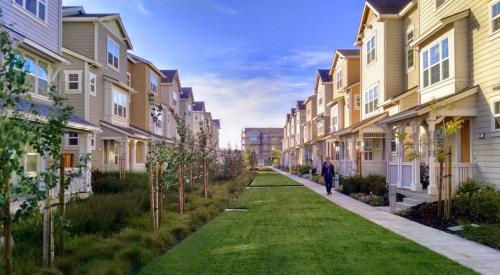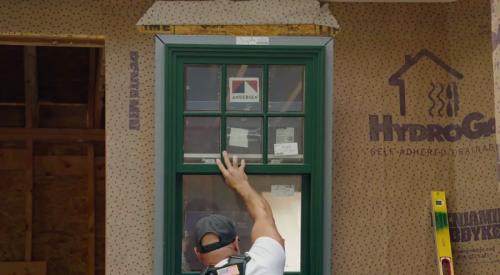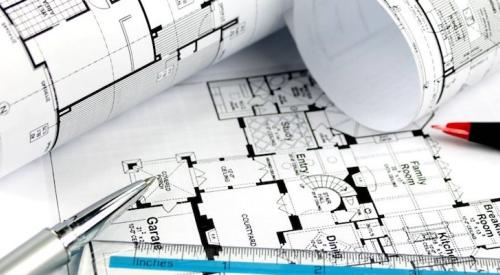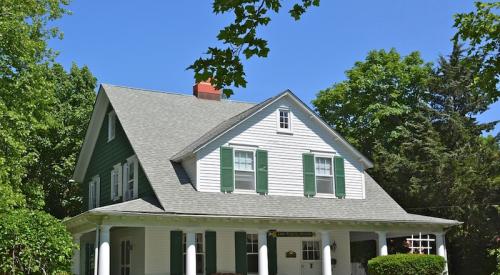Researchers say that high school students need at least nine hours of sleep per night. Logistically, that’s impossible.
CityLab reports that suburban sprawl set off a chain reaction that has led to many tired, and underperforming, teenagers.
In the 1960s and 70s, when suburban developments were becoming more prominent, schools were built on the outside of the communities on cheaper land. To accommodate busing, high schools started their days earlier than grade schools and junior highs. Hence, many high schoolers have to wake up before dawn and travel several miles to school every day.
Community groups around the country are trying to change start times and improve walkability near the schools.
The impact of that chronic sleep deprivation is not limited to their AP Calc scores: Studies indicate that this contributes to higher rates of car accidents, criminal activity, alcohol use, and mood disorders.
